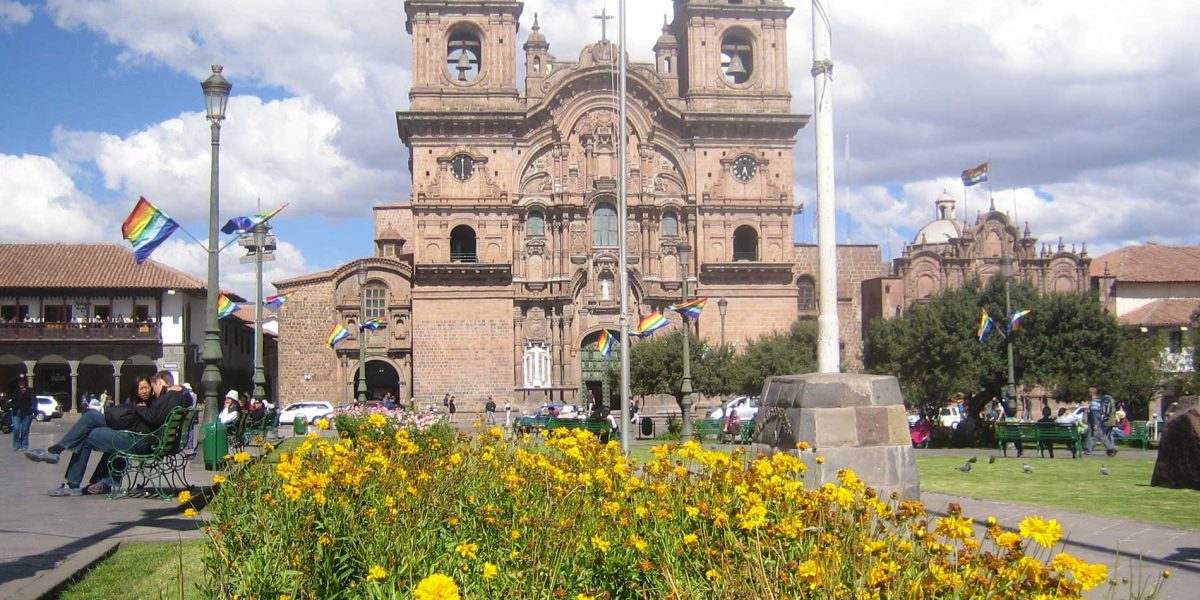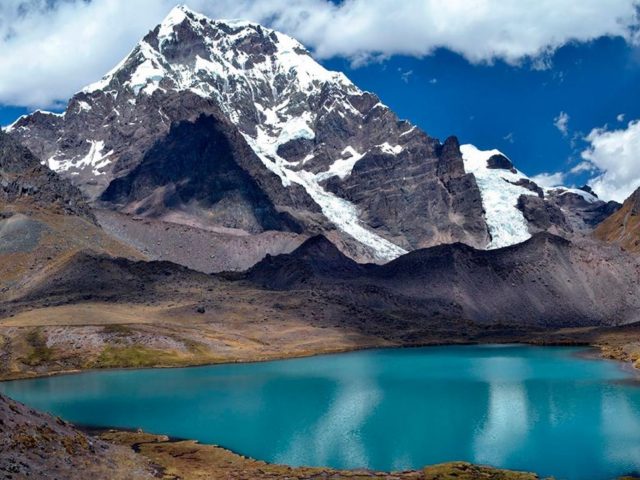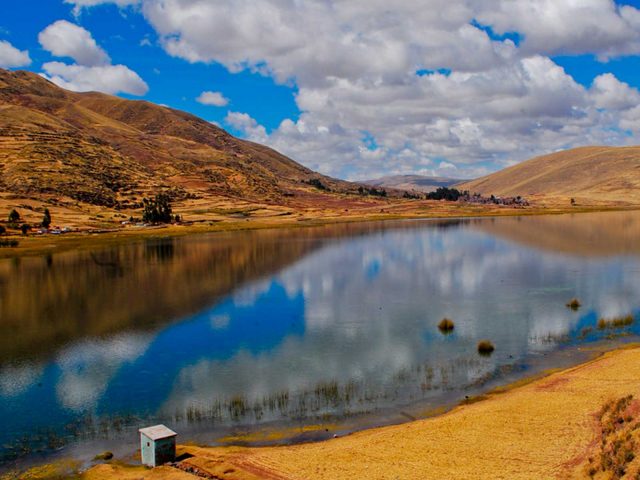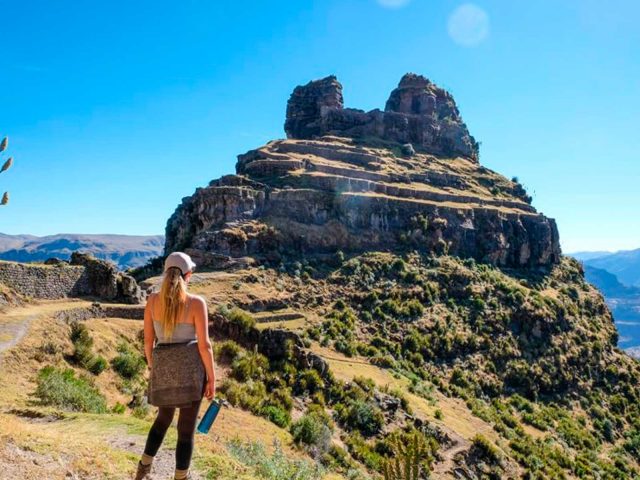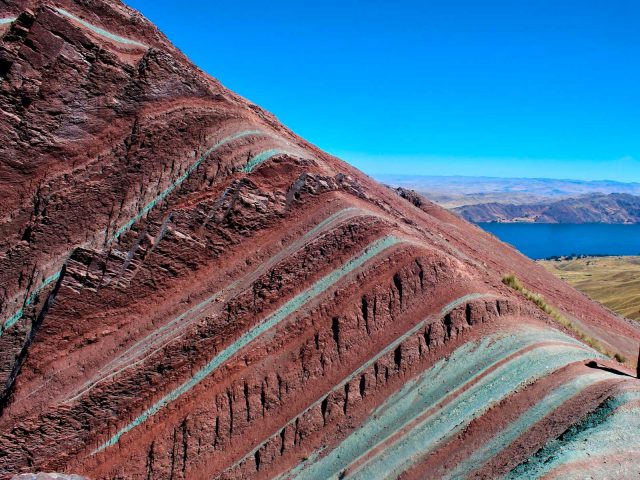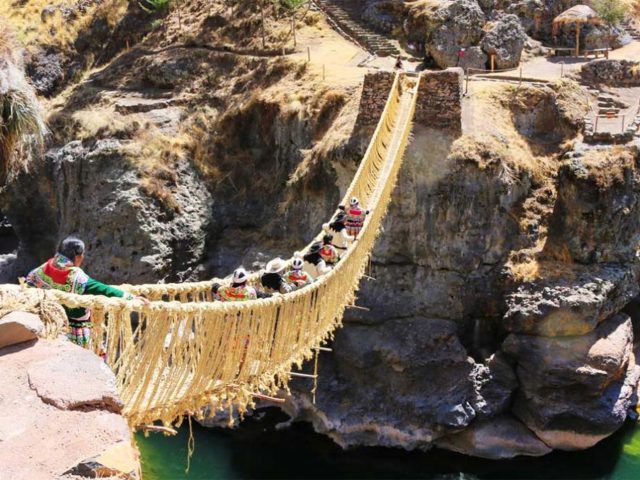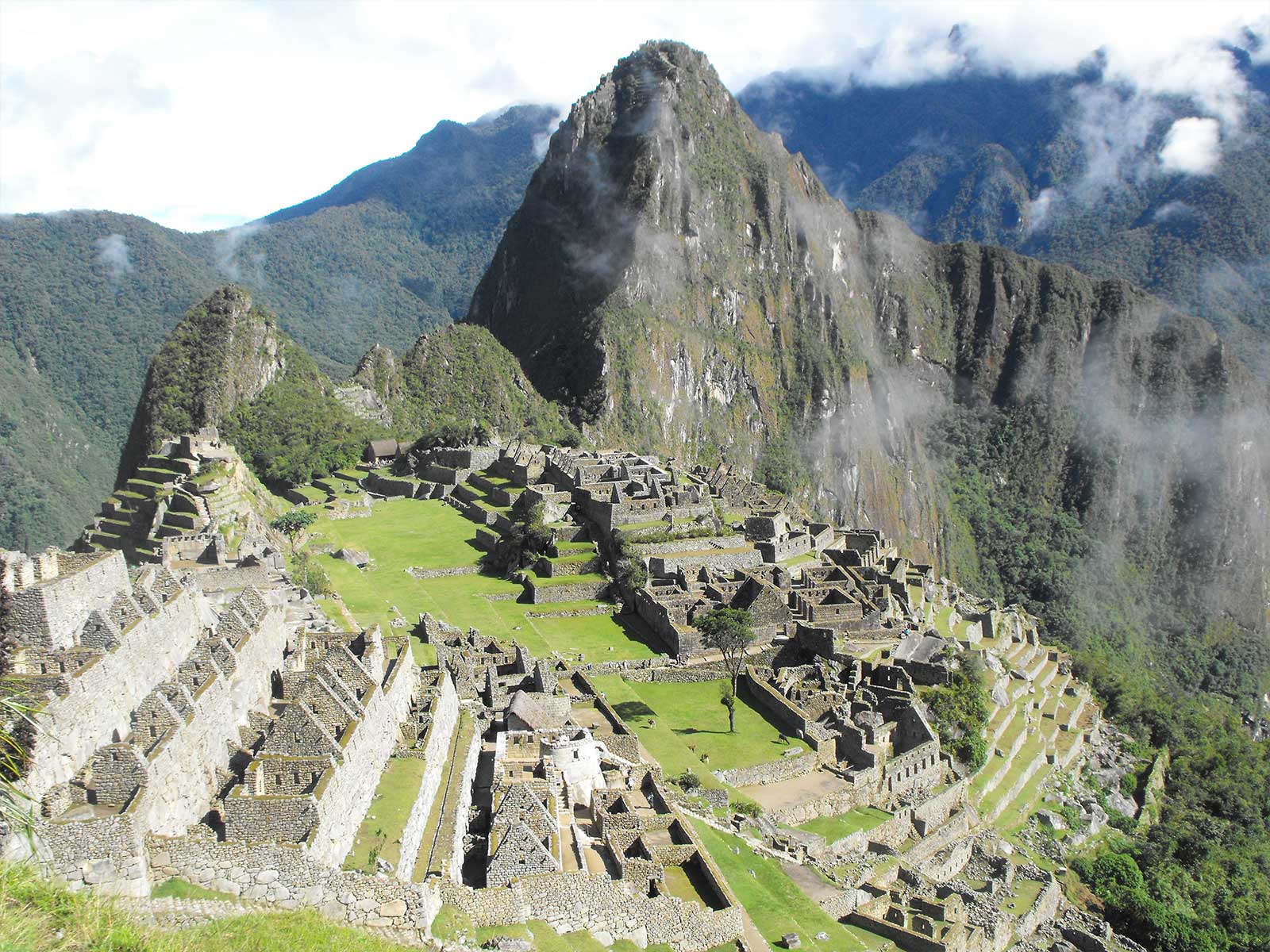Part of the majesty of Cusco is found in its beautiful temples and convents, which reflect a fundamental part of Cusco’s history. Undoubtedly, an excellent way to discover and learn more about a culture is to learn more about their beliefs, spiritual practices and temples where they worshipped their gods.
With the arrival of the Spaniards to the ancient Inca capital, the evangelization and extirpation of idolatries became a fundamental task for the conquerors. A good part of it was the construction of several churches over important Inca temples.
Today these convents and churches in Cusco are considered the most beautiful in all America for their high architectural level and spirituality. Below we give you details of six of the most beautiful churches in the ancient Inca capital.
Knowing the best convents and churches in Cusco
An essential part of the tourist circuit in Cusco is the visit to the most beautiful convents and churches of the city -all of them keeping historical traces that no visitor wants to miss. The fusion of Andean traditions and colonial charm makes these buildings truly unique.
If you are going to start your exploration of the city of Cusco by visiting some of the city’s convents, start at the Plaza de Armas. From the Cathedral of Cusco to the Society of Jesus, every church in this unique city has something that will awaken your admiration.
We have simplified it for you by selecting the 6 most important churches in Cusco. Just remember – no photography allowed.
Cusco Cathedral
Built by Spanish architect Juan Veramendi in 1560 over the former palace of the Inca Wiracocha, construction of the Cusco Cathedral began in 1559 and was completed almost a century later. Located in Cusco’s main square, the church was built with stones from the nearby fortress of Sacsayhuaman.
In addition to housing extraordinary pieces of the Cusco School, the Cusco Cathedral represents an example of colonial architecture. The Virgin Mary, wearing a mountain-shaped foul alluding to the Pachamama, is one of the most unique representations present.
In addition, its central location just steps from the Plaza de Armas of Cusco, makes it a must for every visitor. Among the main attractions is the crypt of the chronicler Garcilaso de la Vega, which has half of his ashes, since the other half is in Spain.
The painting of the Last Supper, painted by the Cusco master Marcos Zapata and the “Silver Room” that contains ornaments made of silver, are other must-sees during your visit to the Cathedral.
Santo Domingo Convent Located a few steps from the main square, the striking convent of Santo Domingo sits on the foundations of Coricancha. Considered the most important Inca building, the Temple of the Sun was looted and demolished decades before the Spanish completed construction of the convent in 1633.
The combination of colonial and Inca style includes a magnificent carved baroque tower that supports the bell tower. Some of the curved walls and even the Coricancha garden space remain on the monastery grounds well maintained to this day.
Discover the beautiful cloisters and admire the collection of century-old paintings done in the style of the Cuzco School and you will witness a unique record of Inca history.
Church of San Pedro
Located near the Central Market of San Pedro, one of the largest and most peculiar markets in Cusco, the Church of San Pedro is characterized by its traditional Cusquenian façade. The work of the self-taught architect Juan Tomás Tuiru Túpac, a noble Indian descendant of the Incas, the church stands out for its altar rich in images and canvases that can be seen from any angle.
Although quite modest in size in relation to the grander churches of the city, the intricate sculptures and historical paintings inside the church of San Pedro are worth admiring. Likewise, the baroque, walnut-colored pulpit catches the eye of any onlooker.
San Pedro Apostle or “Sistine Chapel”.
Located in Andahuaylillas, province of Quispicanchi 40 km from the city of Cusco you will find the San Pedro Apostle Church known as the “Sistine Chapel of America”. Besides being one of the most popular points of the route of colonial temples of Cusco, this chapel has the most beautiful golden altars. Despite its sober adobe and stone facade, this chapel is adorned with various works of religious art.
The amount of artistic details that can be appreciated in the interior of the Sistine Chapel shows the uniqueness of the Andean baroque. The altarpiece of magnificent gold leaf with canvases and sculptures of saints and virgins and other elements carved in 1645 only highlight the beauty that characterizes this chapel.
Convent of La Merced
One block from the Plaza Regocijo in the historic center of Cusco is located the Convent of La Merced. Destroyed in 1650, it would take almost 20 years to rebuild this beautiful convent where the mural painting and the Custody made of gold and adorned with precious stones stand out.
The historic rustic walls of the cloister are adorned with paintings of the Cuzco School and the church houses the tomb of the conquistador Gonzalo Pizarro (Francisco’s brother). Its charming columns and baroque bell tower are part of its attraction, but also the beautiful carvings.
The Society of Jesus
Like the San Pedro Apostle church of Andahuaylillas, this church is part of the Andean Baroque route. La Compañía de Jesús was built by the Jesuits in 1571 and like other churches, it is also representative of the Cusquenian Baroque style.
Located in the Main Square of Cusco, the Company of Jesus welcomes visitors with a charming facade. The majesty of the church is not only due to the imposing main altar carved in cedar and adorned with gold leaf, but also to the presence of the image of the Virgin of the Immaculate Conception.
It is worth admiring the canvases depicting the life of the founder of the Order, St. Ignatius of Loyola, painted by Marcos Zapata and his assistant Cipriano Gutierrez.

